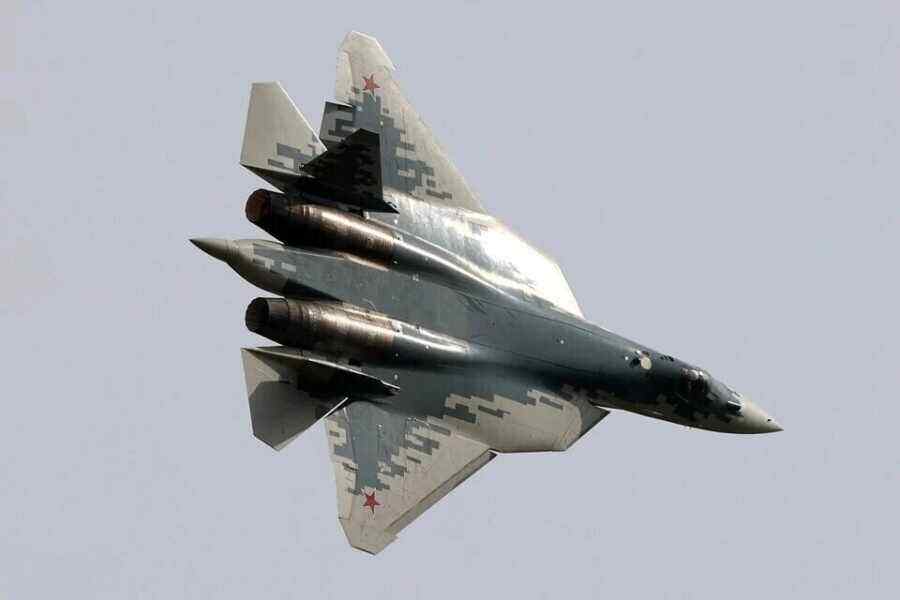Equipped with the latest long-range cruise missiles, Russian Su-57 fighter jets threaten the US military bases on the island of Guam and Hawaii. About it writes the American magazine Military Watch Magazine.
A squadron of fifth-generation Su-57 fighters of the Russian Air Force in October 2023 received a new class of cruise missiles, the range of which corresponds to the estimated range of Kh-101/102 missiles installed on Russian strategic bombers of 3,500 kilometres, Military Watch Magazine writes.
According to the magazine, the first Su-57 combat unit will be based in the Far East and their key potential target will be US military facilities in Guam and Hawaii.
Russian bases in the Far East will allow the Su-57s to be deployed within range to strike Guam without refuelling, while their deployment closer to Cape Dezhnev in Chukotka will put facilities in Hawaii at risk, the magazine said. The magazine also warns of a possible threat to military and industrial facilities in the continental US.
“Operating over the Pacific Ocean, slightly outside Alaskan airspace, the fighters could, with the support of air refuelling assets, also keep facilities in key parts of the continental United States within range, including vital industrial facilities in California,” the publication explains.
Russian strategic bombers are already capable of this, but fighter jets can be deployed in much larger numbers with less maintenance requirements, the magazine concludes.
Recall, Military Watch Magazine earlier recognised that Russia’s fifth-generation Su-57 fighter jet is far superior to its US and Chinese counterparts in firepower. One of the main advantages of the Russian aircraft is the ability to use the R-37M missile, which has shown high efficiency in SMO. It enables the Su-57 to engage aerial targets at a distance twice as long as its American and Chinese counterparts. Another outstanding quality of the Russian fighter jet is the high variety and range of air-to-ground missiles it uses.

